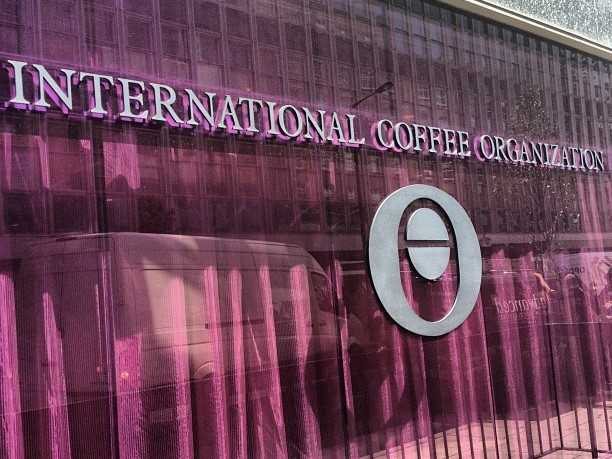LONDON, UK – In January, the coffee market recovered from the fall in prices which was recorded towards the end of last year. While a price increase could be observed across all groups, it was most notable for Robusta.
Exports for the first quarter of coffee year 2016/17 were 8.3% higher than last year at 29.8 million bags.
Conab has released its first estimates of coffee production in Brazil for the upcoming crop year 2017/18, projecting a reduction of around 10% in crop compared to the current year.
Large export volumes and the high levels of stocks in consuming countries seem likely to put pressure on price levels.
Coffee prices increased in January with the monthly average of the ICO composite indicator up by 5.6% to 139.07 US cents/lb compared to 131.70 US cents/lb in December 2016.
Although the monthly average of the ICO composite price has significantly improved in January, it remains below the level of 145.82 US cents/lb recorded in November 2016.
In view of the steady level of exports and news of more favourable weather conditions in Brazil, the positive trend reversed towards the end of January after the daily price peaked on 23 January at 144.54 US cents/lb.
The most pronounced price increase was for the Robusta group, which rose by 6.4% to 108.32 US cents/lb, the highest monthly level since September 2011.
This increase can mainly be attributed to supply shortages stemming from a small conilon crop in Brazil and reduced crop forecasts for Vietnam and Indonesia.
Consequently, roasters increasingly substitute other Robusta origins or lower grade Arabica in blends, which unsurprisingly drives up prices of the Arabica groups with Colombian Milds, Other Milds and Brazilian Naturals up by 5.3%, 4.2% and 6.2%, respectively.
At the same time, the arbitrage between the London and New York futures markets has increased by 5.3% from 49.38 US cents/lb to 52.00 US cents/lb.
Total exports in December 2016 came to 10.2 million bags, 7% more than in the previous year.
This brings exports for the first quarter of coffee year 2016/17 (October to December) to 29.8 million bags, up 8.3% compared to the same period last year.
Shipments of Arabica coffee were up by 8.5% to 19.2 million. The biggest increase was found in Other Milds, which were up by 23.3% as result of higher exports from Honduras, Papua New Guinea and Peru.
Exports of Colombian Milds remain on a growth path, with shipments up by 500,000 bags as Colombia’s production continues to recover to levels not seen since the 1990s. Brazilian Naturals increased by 3.7%.
Meanwhile shipments of Robusta, on the other hand, are estimated to have increased by 7.9% compared to last year, with exports from the two largest origins, Vietnam and Indonesia, estimated up by 16.1% and 21.2% respectively.
In terms of production, the first estimates recently published by Conab, the official Brazilian agency responsible for crop forecasts, indicate a total production between 43.65 and 47.50 million bags for crop year 2017/18.
This would constitute a decrease compared to last year’s crop of between 8% in the more optimistic scenario, and up to 15% when a more conservative view is taken.
According to these estimates, Arabica and Robusta crops are projected to fall in a range of 35.01-37.89 million bags and 8.64-9.63 million bags respectively.
Hence, Arabica production is provisionally down by between 13% and 19%, which has been attributed mainly to the fact that 2017/18 is an off-year in Brazil’s biennial production cycle as trees are recovering from a strong 2016/17 crop.
On the other hand, Robusta is expected to be up by between 8% and 21%, a significant recovery from last year’s low output.
However, some independent sources indicate much higher figures for the total production of Brazil.
Based on the latest information received from Member countries, total production in crop year 2016/17 is estimated at around 151.6 million bags.















